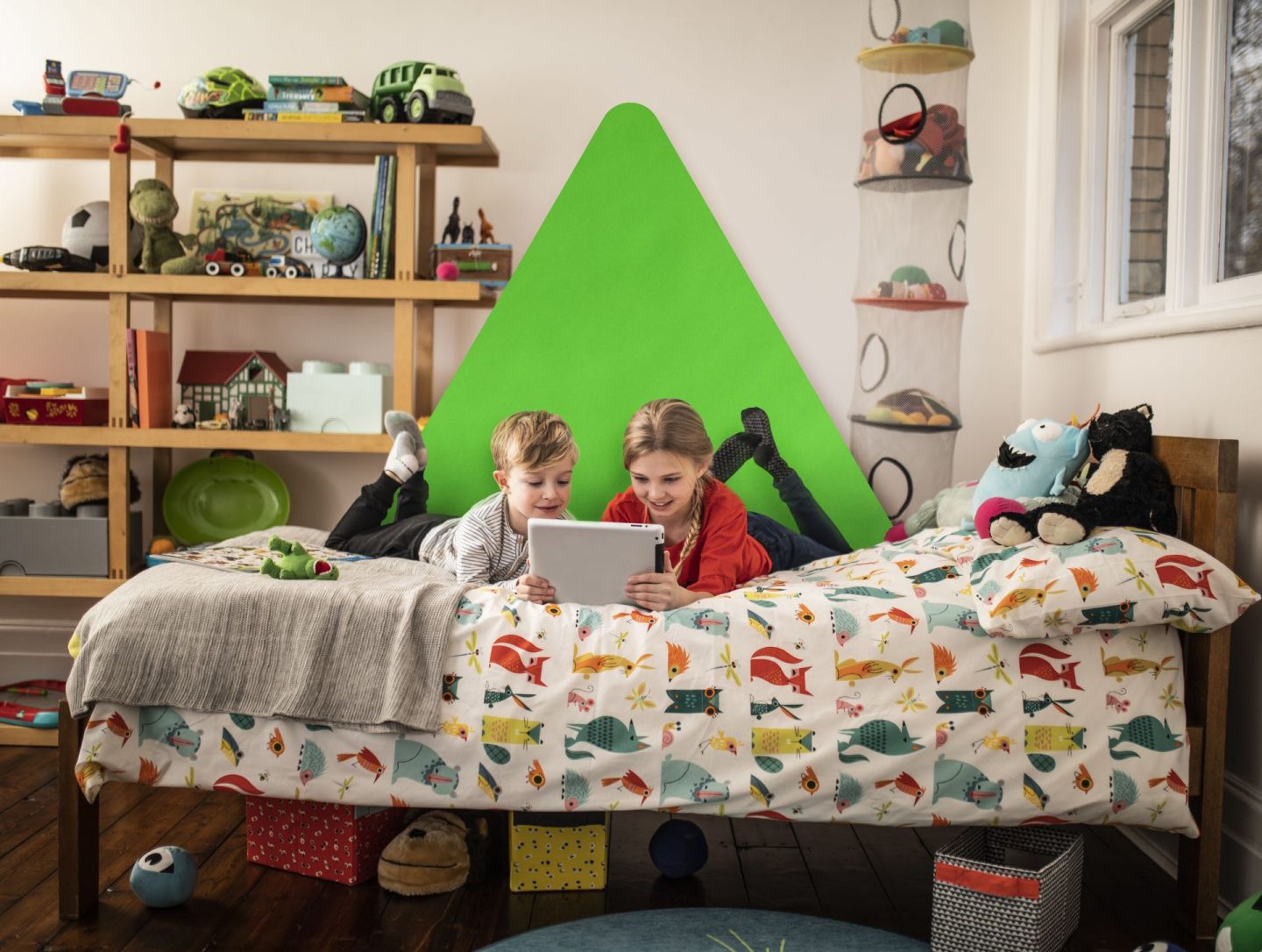How closely do you monitor what your children watch on the television? I’ve certainly heard a few horror stories over the years involving families I am acquainted with.

I have one child who is in Year 7 at school and another who is in Year 3. My eldest daughter knows a couple of kids who claim to have watched the Stephen King film IT, while both children know others who have watched the 1980s-themed Netflix smash hit Stranger Things. Both are far from ideal for young audiences.
Here’s a further question for you. How much influence do you feel you have over what your kids watch?
The world has changed massively since I was a child. I appreciate this will sound foreign to anyone born after 1985, but there were only four television channels and viewing was scheduled (or at best, programmes were recorded using a video recorder). With streaming media, an ever-increasing number of sources of media to watch and all of it available on televisions, computers, tablets and phones, it is a genuine challenge to monitor all the media your offspring consume.
The auto-play function isn’t a huge help either. You can sit your child down to watch a 10 minute factual video about the moon landings only to be distracted by a phone call and return 15 minutes later to find your kids watching Scary Mary’s Top 5 facts proving Neil Armstrong was an alien.
In case you’re wondering, yes, I did make up that last example. Although fictional, I’m sure many-a-parent will concede it’s very realistic.
The British Board of Film Classification (BBFC) has today (9 September, 2020) published some statistics showing how much of an issue this is for modern families. The statistics are based on interviews carried out by YouGov on behalf of the BBFC During March. In total, 4,350 adults and 663 children were quizzed about their approach to watching media.
The key findings were:
- 51% of those aged between 6 and 15 year of age don’t talk to their parents about choosing what content to watch
- 42% parents say they’re concerned about what effect upsetting or disturbing content might have on their child’s development
- Interestingly, the majority of parents, 63% in total, agree films and TV shows are good springboards to talk to their children about difficult topics, including mental health and sexuality.
I can think of no better time for the BBFC to highlight this as an issue. I think many families relied on screen time to keep children entertained while parents had to work from home during the harshest days of lockdown (Dr Jasmine Kelland of the University of Plymouth is researching how parents have coped during the pandemic. In this interview, Dr Kelland reports many parents expressed concerns about relying on screen time to keep children entertained).
The BBFC has gone one stage further. It has launched a new look website for children and educators called, wait for it, CBBFC!
This site not only features information for children, but suggests films families could watch together. There are even activity packs for the various film titles so parents can get a summary of what the film is about and any issues they need to know about, plus activities children can undertake, such as drawing their favourite characters.
The CBBFC website also features information for teachers. Other resources include tips for watching films safely online and a parents’ guide to age ratings.
In the near future, the BBFC will also be relaunching its main website. This will feature more general information about age ratings and will be redesigned so it is more user friendly.
David Austin, Chief Executive of the BBFC, explained why the BBFC had taken these steps. He said:
“It’s clear from our new research that young people and their parents need the right information to help them choose content well. It’s vital for children’s healthy development, and parents’ peace of mind, that they’re confident they’re pressing play on something that won’t cause harm or upset.
“It’s very encouraging that parents and their children are approaching each other to talk about depictions of issues they see on screen. That’s why we have comprehensive ratings info on our website, alongside our trusted and well known age ratings, which gives everyone an idea of what to expect.”
It’s great to see the BBFC moving with the times in this way. It follows on from the organisation revamping its age rating symbols last year, which you can read about here.
Monitoring youngsters’ media consumption is very tricky. It’s also an issue I find gets progressively harder as my children get older.
Just yesterday I drove past a bus stop. There must have been 20 teeangers, waiting to catch the bus to school and most of them had their faces buried in mobile phones. You have to hope their parents have spoken to them about consuming media responsibly.
I’ve long felt that screen time is one of if not the parenting challenge for this generation of mums and dads. We’re the first to have handled such a heavily connected world and introducing your children to it and getting them to use and consume media responsibly is a big challenge.
Do you struggle with this an issue? Do you worry about what your children are watching when your children are not around? Do you use storylines in the media to engage with your kids on difficult subjects? Whatever your story, please leave a comment below.






